What to do with sprouts?
juliat
17 years ago
Related Stories
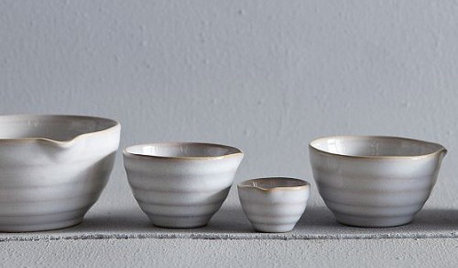
KITCHEN DESIGNGuest Picks: Sprouted Kitchen Must-Haves
Sara of Sprouted Kitchen Shares Her Essentials Tools for Good Cooking
Full Story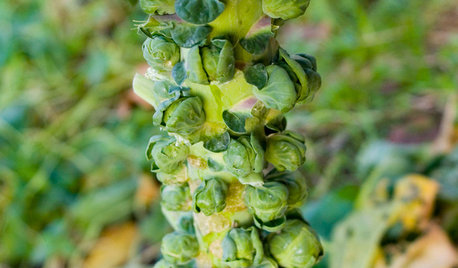
COOL-SEASON CROPSCool-Season Vegetables: How to Grow Brussels Sprouts
If you love 'em (you know who you are), fall and spring are the right times for planting these veggies in your edible garden
Full Story0
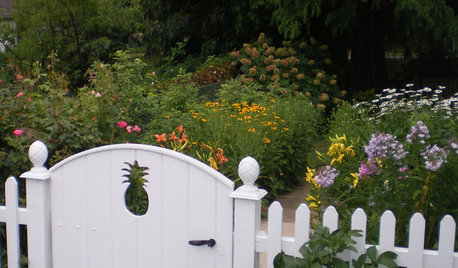
DECORATING GUIDESDesign Mystery: Why Do Pineapples Sprout Up in Home Design?
Early Americans were bananas about pineapples — and we’re still reaping the benefits of the sweet fruit’s symbolism today
Full Story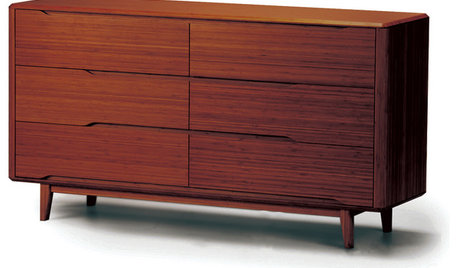
MATERIALSBamboo Sprouts Up in Bountiful Home Uses
When utensils, flooring and even fabric can be made from a single renewable material, it's a design winner
Full Story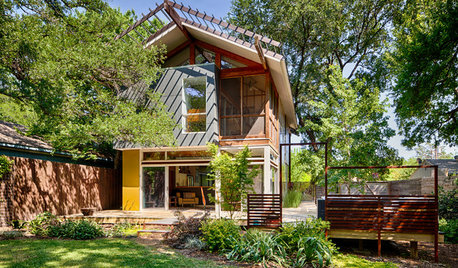
HOUZZ TOURSHouzz Tour: A Modern Garden Pavilion Sprouts Up on an Ex–Pot Farm
This compact Dallas house now connects to its leafy surroundings in a gorgeously irreproachable way
Full Story
Motifs: A Month of Mustache Love
Guys grow whiskers in November to raise awareness for men's health. Maybe your home should sprout some, too
Full Story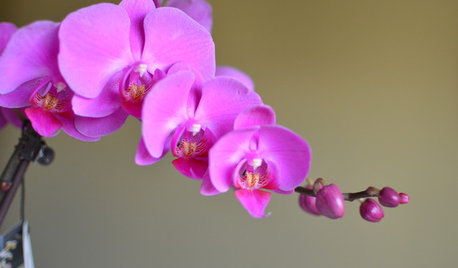
MID-ATLANTIC GARDENINGChecklist: What To Do in the Garden This Month
February Gardener: Plant sprouts, start seedlings, force bulbs, grow an orchid and more
Full Story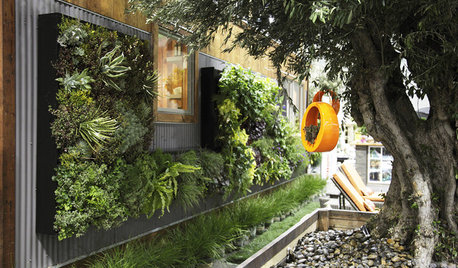
GARDENING GUIDESSucculents Juice Up Outdoor Gardens
Climbing garden walls or sprouting from cans and crates, succulent plants add a creative touch to ordinary landscapes
Full Story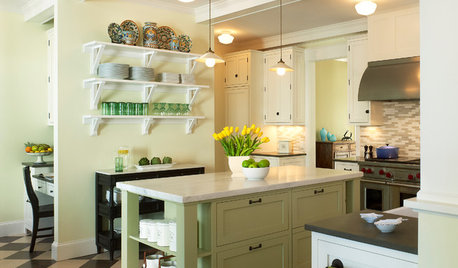
SHOP HOUZZShop Houzz: Seeing Green
Sprout a grassy-green palette that looks bright, calms the senses and brings in the fresh feel of the outdoors
Full Story
FARM YOUR YARDHow to Farm Your Parking Strip
Get an up-close look at a thriving street-side edible garden, one of many sprouting up in Seattle
Full Story





sfmiller
juliatOriginal Author
Related Professionals
Carlisle Landscape Architects & Landscape Designers · Birmingham Landscape Architects & Landscape Designers · Rancho Palos Verdes Landscape Architects & Landscape Designers · Saint Charles Landscape Architects & Landscape Designers · Southfield Landscape Architects & Landscape Designers · Andover Landscape Contractors · Fort Mill Landscape Contractors · Louisville Landscape Contractors · Mequon Landscape Contractors · Mesa Landscape Contractors · Siloam Springs Landscape Contractors · Four Corners Landscape Contractors · Dale City Siding & Exteriors · San Diego Siding & Exteriors · Western Springs Siding & Exteriorsrazorback33
geoforce
bruceNH